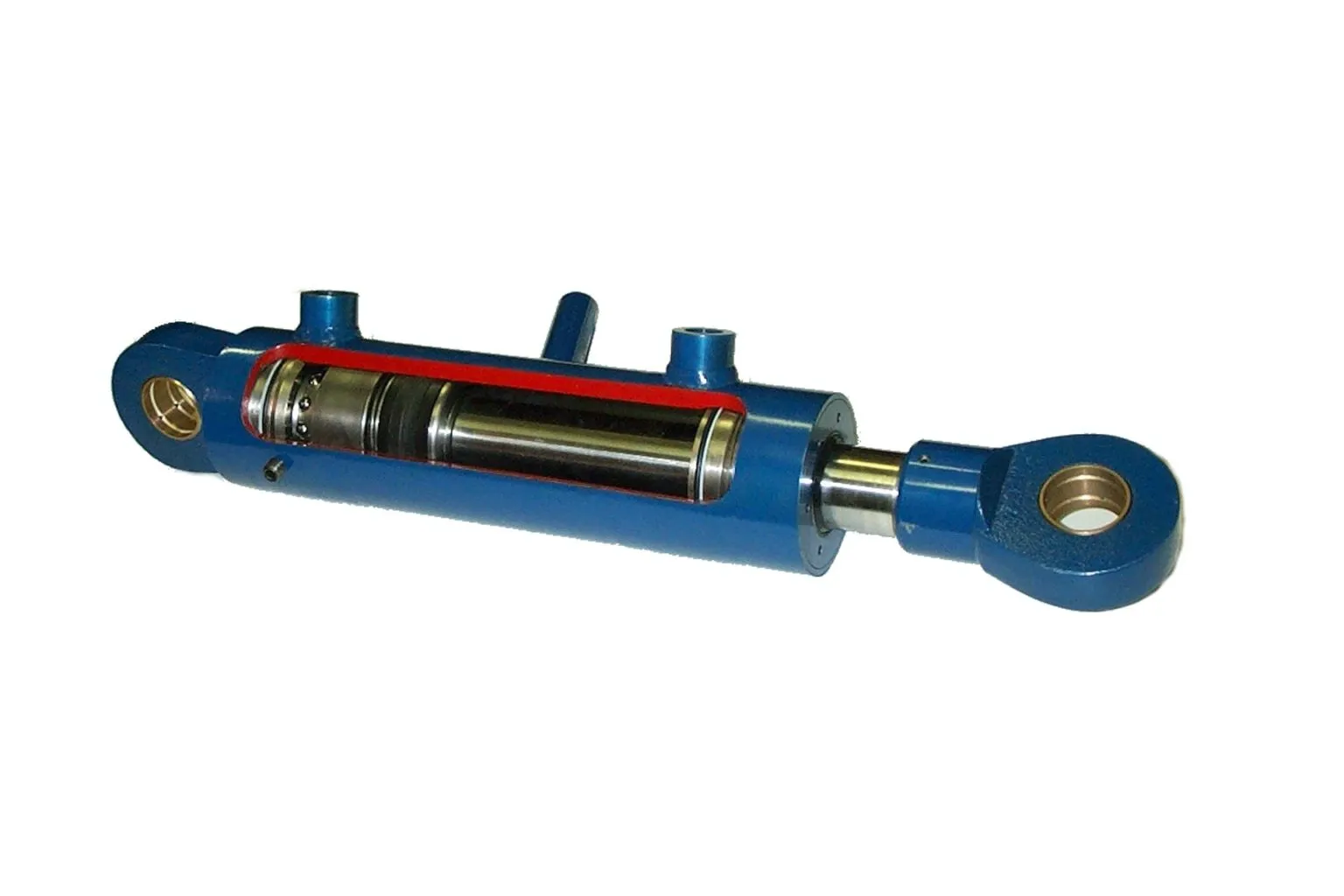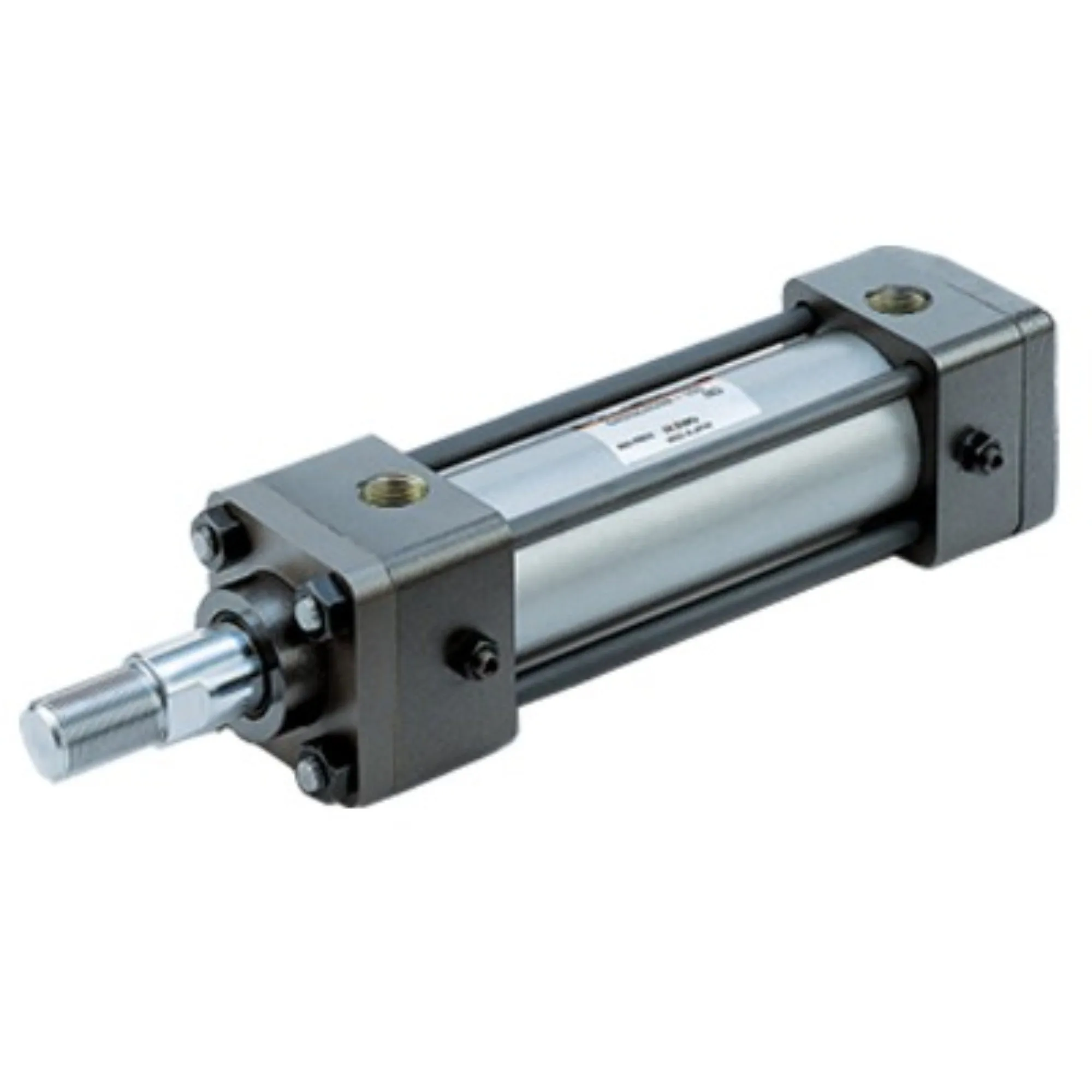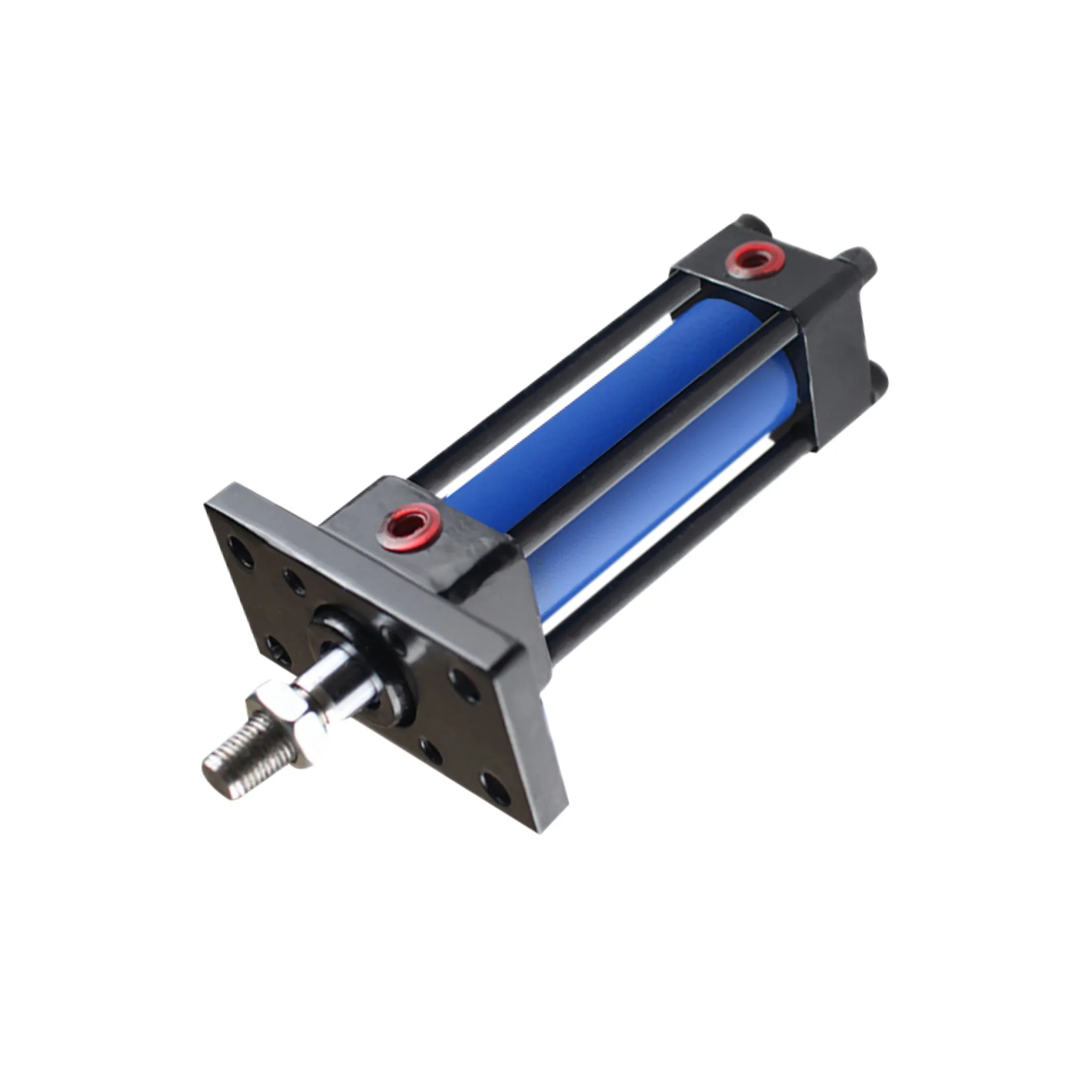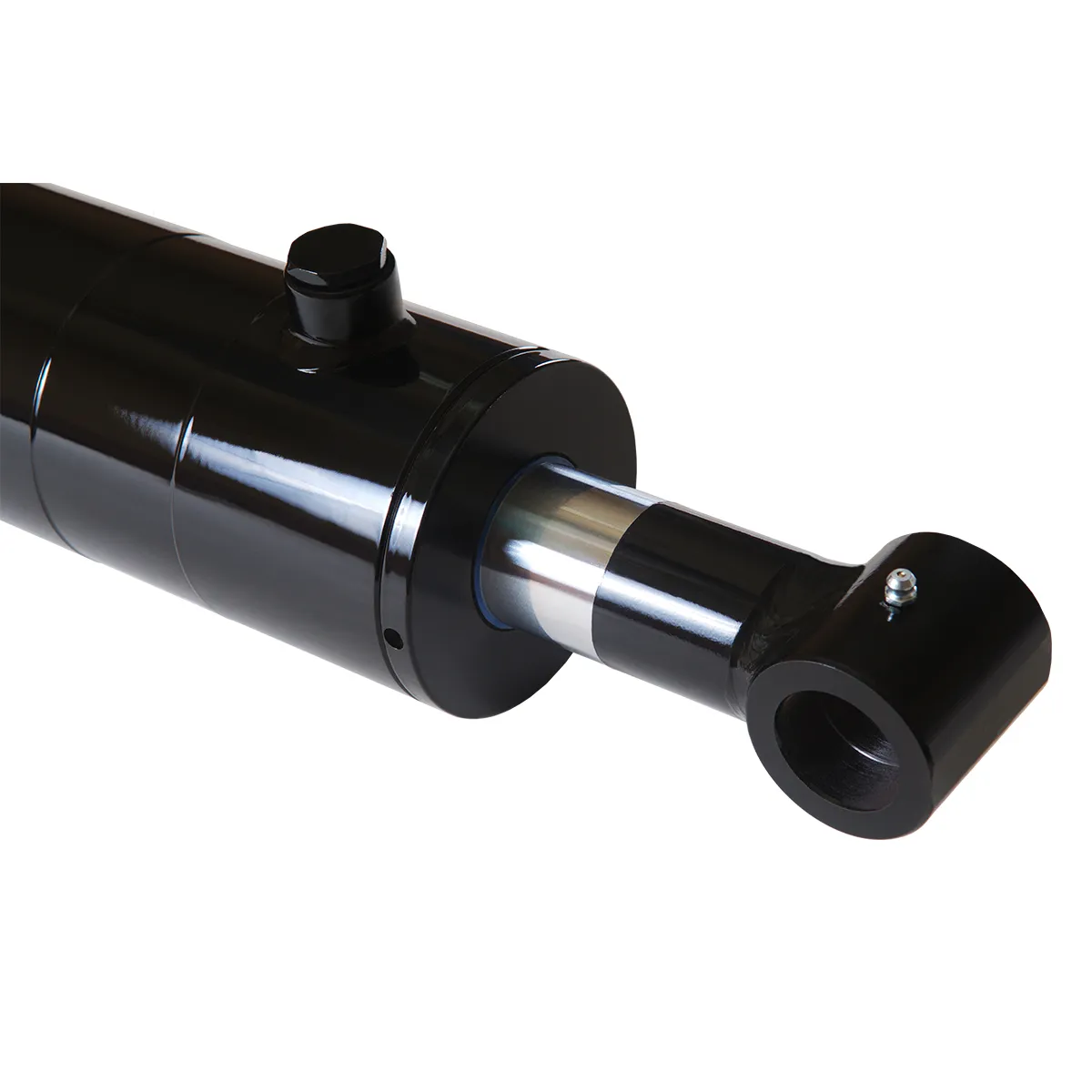
Unlocking the Secrets of Locking Single-Acting Hydraulic Cylinders
Introduction to Locking Single-Acting Hydraulic Cylinders
The locking single-acting hydraulic cylinder is a specialized hydraulic device that operates under hydraulic pressure in one direction and features a locking mechanism to prevent movement in the absence of pressure.
Design and Construction Characteristics
- Locking Mechanism – Safety: The main feature of the locking single-acting hydraulic cylinder is its locking mechanism, which ensures the piston remains in a safe position even when hydraulic pressure is lost, preventing accidental retractions.
- Variety: The design of the locking mechanism can be customized for specific applications, utilizing spring-loaded devices, pin locks, or other mechanical locks.
- Compact Structure – Space Optimization: These cylinders are designed to be compact, making them suitable for use in confined spaces.
- Precision Manufacturing – High-Precision Machining: Components are manufactured with precision to ensure optimal fit and sealing performance.

Working Principle
The locking single-acting hydraulic cylinder operates using a single-acting mechanism that extends the cylinder when hydraulic oil is pumped in, with a locking mechanism holding the piston in place to prevent retraction under load.
Types and Configurations
There are three main types of locking single-acting hydraulic cylinders, each offering unique configurations tailored to specific applications.
Advantages of Locking Single-Acting Hydraulic Cylinders
- Enhanced Security: The locking mechanism reduces the risk of accidents and improves operator safety.
- Reliability: These cylinders operate effectively under high loads and varying conditions.
- Simplicity: Easy to operate and maintain, making them user-friendly.
Applications

Locking single-acting hydraulic cylinders find use in construction equipment, manufacturing, transportation, aviation, and more, providing stability and safety in various scenarios.
Design Considerations and Selection Criteria
When selecting a locking single-acting hydraulic cylinder, factors such as bearing capacity, sealing, durability, safety, and maintainability should be carefully considered.
Sealing and Lubrication
Proper sealing and lubrication are essential for the optimal performance of locking single-acting hydraulic cylinders, ensuring longevity and efficiency.
Maintenance and Troubleshooting
Regular inspection and preventive maintenance measures are crucial to ensure the continued functionality of locking single-acting hydraulic cylinders.
Unit Power
The unit power of a locking single-acting hydraulic cylinder is influenced by factors such as cylinder diameter, stroke, operating pressure, piston speed, and load conditions.
Optimizing Power Unit
Optimizing the power unit of a locking single-acting hydraulic cylinder can lead to improved efficiency, energy savings, and enhanced reliability.
Common Questions
Here are answers to some common questions about locking single-acting hydraulic cylinders:
- How does the locking mechanism work? The locking mechanism prevents piston retraction under load when hydraulic pressure is lost.
- What are the main components? The main components include the cylinder, piston, locking mechanism, and seals.
- What advantages do they offer? Locking cylinders provide enhanced safety and reliability compared to standard cylinders.
Long-Tail Keywords
Three long-tail keywords related to locking single-acting hydraulic cylinders include “hydraulic cylinder safety locks,” “locking mechanism cylinders,” and “secure hydraulic systems.”
Our Company
We are a leading hydraulic cylinder manufacturer offering a complete product line and customized services to meet diverse needs in the domestic and international markets.

Our company is dedicated to providing high-quality hydraulic solutions, backed by professional expertise, international certifications, advanced production equipment, and comprehensive after-sales service.
Author: lyl
